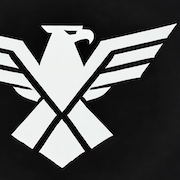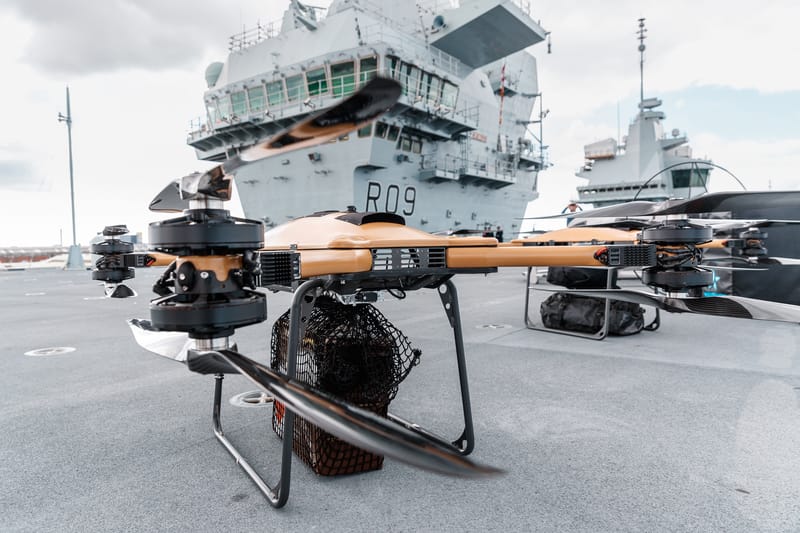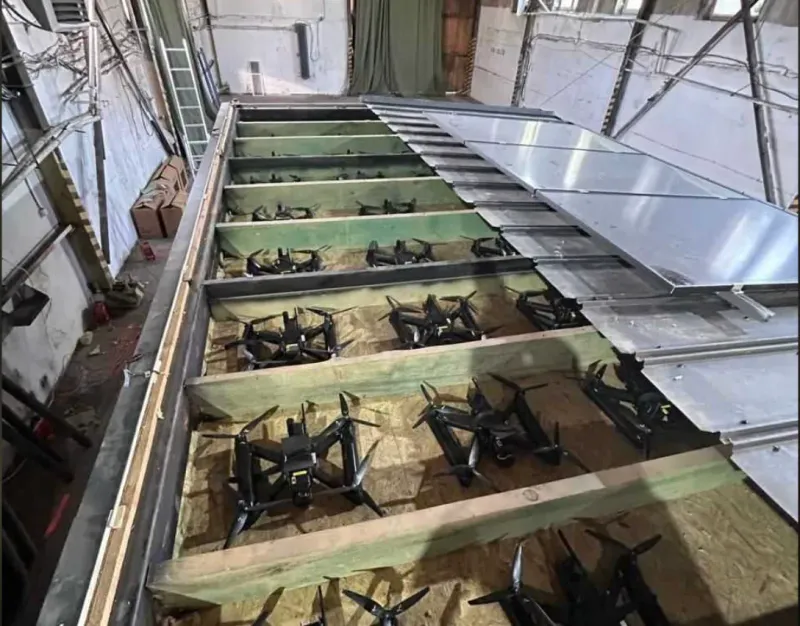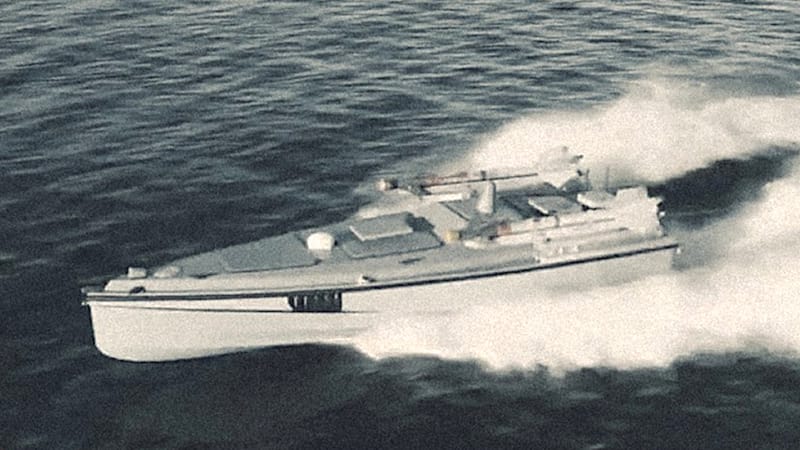Rheinmetall–Anduril Alliance: Europe’s New AI-Driven C-sUAS Architecture
A next-generation counter-drone defense network combining Rheinmetall's command-and-control legacy with Anduril's autonomous sensor and AI stack enters the European theatre.
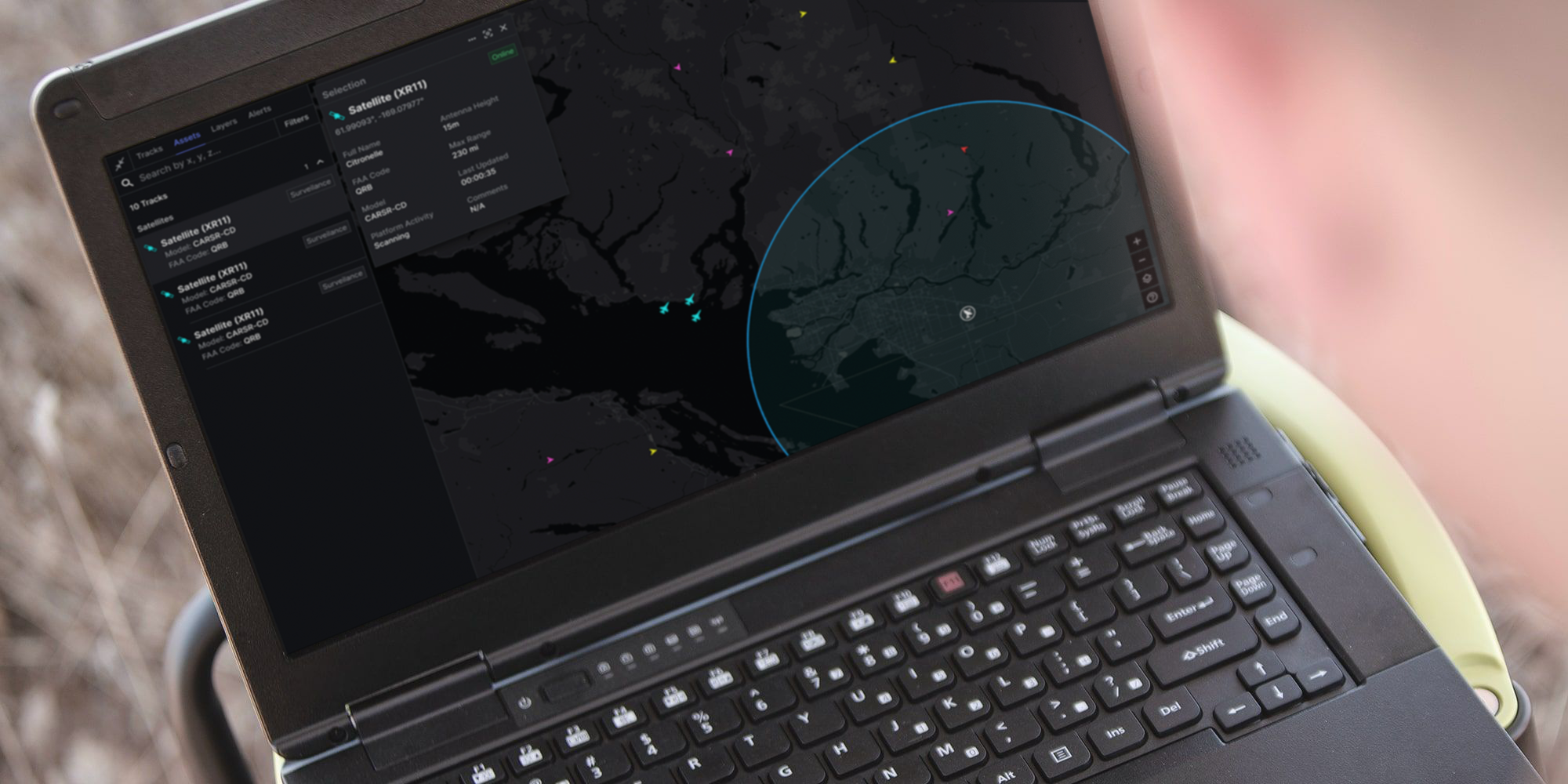
Executive Summary
Facing an unprecedented proliferation of low-cost drones in modern conflict, Rheinmetall AG and Anduril Industrieshave signed a Memorandum of Understanding (MoU) to co-develop and deploy a modular Counter-small Unmanned Aerial System (C-sUAS) platform tailored for the European battlespace. Anchored by Rheinmetall’s Skymaster C2 backbone and integrated with Anduril’s Lattice AI OS, the system aims to deliver real-time multi-threat engagement, kinetic and non-kinetic effectors, and seamless NATO-standard interoperability.
Strategic Context: The Rise of Drone Saturation
The operational landscape in Ukraine and the Caucasus has confirmed what many defense planners feared: commercially modified drones—equipped with ISR packages or explosive payloads—can overwhelm traditional air defense systems. Incidents such as the Ukrainian drone attack on Russia’s Caspian naval base illustrate how sub-€10,000 systems can inflict strategic effects.
C-sUAS systems are no longer “niche”—they are a core requirement in forward-deployed NATO formations, mobile columns, and critical infrastructure protection. Europe’s fragmented drone defense architecture—dominated by isolated tactical systems—is now under pressure to integrate, automate, and scale.
Technical Architecture: Skymaster + Lattice + Anvil
The Rheinmetall-Anduril system follows a layered modular architecture:
- Command & Control (C2):
Rheinmetall’s Skymaster operates as the mission control layer, fusing data across sensors, shooters, and electronic warfare modules in real time. - Sensor Suite:
Anduril’s Sentry Towers and WISP systems provide 360° radar, RF, and EO/IR coverage, optimized for both passive detection and active tracking—day/night, all-weather. - AI Integration:
The Lattice AI OS processes incoming data into a real-time 3D battlespace map, enabling autonomous target prioritization, engagement authorization workflows, and continuous adaptation to threat behavior. - Kinetic Interceptor:
The Anvil drone, designed to neutralize small UAS with direct kinetic impact, is tightly integrated into the platform. Lattice controls Anvil launches, flight paths, and interception vectors with minimal human input.
Anduril Lattice OS with advanced AI features. Credit: Anduril
Implications for European Force Structure
The modular Rheinmetall-Anduril system enables deployment across:
- Fixed installations (airbases, logistics hubs, radar sites)
- Mobile formations (brigade-level protection, high-value convoy security)
- Urban security (civilian event protection, energy infrastructure)
Given the EU’s push toward defense industrial integration and Buy-European-flexibility, this transatlantic partnership aligns with broader trends in joint development. It also offers a model for dual-use deployment in border security and critical infrastructure resilience.
Doctrinal Shift: C-sUAS as Core Layer in IADS
This system is not merely a sensor-effector bolt-on—it is a paradigm shift. In NATO doctrine, C-sUAS was previously treated as a tactical asset; this platform elevates it to a core IADS node, with upstream integration into brigade, corps, and theater-level command structures.
Key Doctrinal Impacts:
- Reduced kill chain latency via AI-enhanced engagement loops
- Autonomous threat deconfliction in mixed-force environments
- Real-time ISR fusion across national boundaries under STANAG protocols
- Mission survivability enhancement against EW-resistant, AI-flown threats
Future Development Trajectory
Both firms have committed to an incremental upgrade roadmap focused on:
- AI retraining with real-world swarm combat data
- New non-kinetic effectors (RF jamming, spoofing)
- Platform-agnostic deployment kits for air-mobile and naval use
- Expansion of predictive threat analytics using pre-engagement machine learning
Conclusion: Rheinmetall and Anduril Rewire Europe's Drone Defenses
The Rheinmetall-Anduril collaboration marks a decisive shift in Europe’s air defense architecture—from reactive defense to pre-emptive autonomy. As the tempo of aerial threats increases, and as adversaries adopt AI-driven swarm tactics, this joint C-sUAS platform provides a critical blueprint for future integrated air defense.
By fusing German industrial reliability with Silicon Valley AI, the system offers not just a capability—but a doctrine-ready framework for the next era of multidomain operations.
Related Stories:


